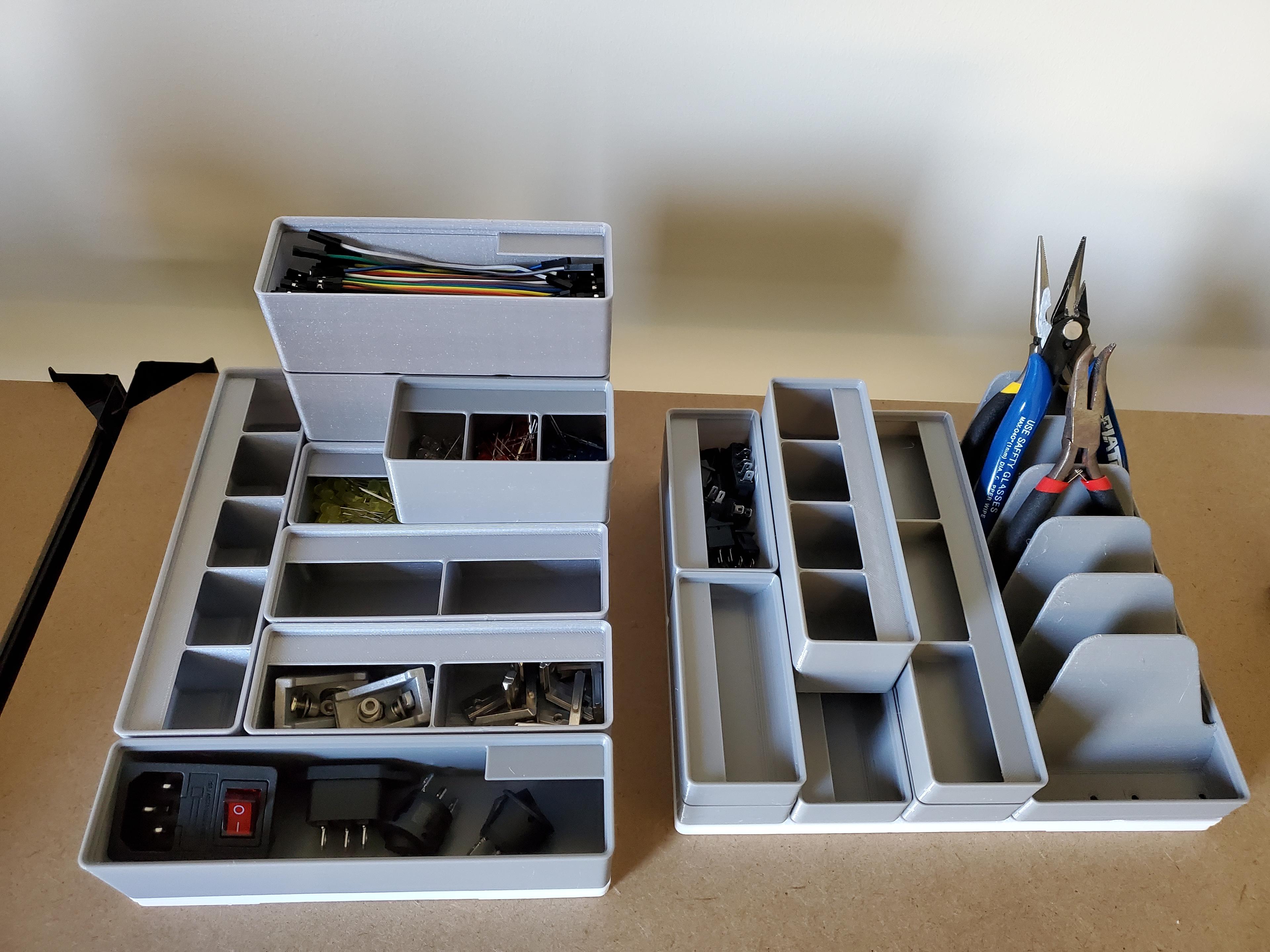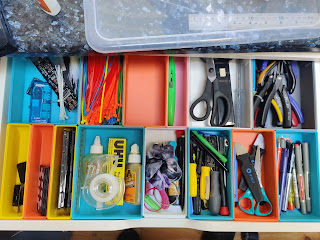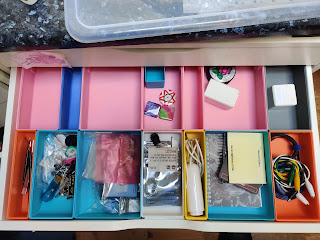What's it all about?
3D printing, also known as additive manufacturing, is a process of creating three-dimensional objects from a digital model. It involves building up layers of material to form the final product. Here’s a brief rundown of how it works:
Design: You start with a 3D model, which can be created using computer-aided design (CAD) software or downloaded from online repositories.
Slicing: The 3D model is then sliced into thin horizontal layers using slicing software. This step generates a file that guides the 3D printer. I used Ultimaker Cura, which is free. (Windows and Linux versions)
Printing: The 3D printer reads the file and begins the printing process by laying down material layer by layer. Common materials used include plastic, resin, metal, and even food ingredients.
Post-processing: After printing, the object may need additional work, like removing support structures, sanding, or painting.
3D printing is used in a wide range of applications, from prototyping and manufacturing to medical implants and even food production. It’s known for its ability to create complex shapes and customized items efficiently.
Creality Ender 5 Pro 3D Printer

This is the type of 3D Printer I have.
There are many practical applications that 3D Printing can be used for.
I wanted to use it to design a system to help me organise one of my drawers. BTW, these drawers far part of an Ikea Alex drawer system.
I seem to have built up quite a collection of batteries for different devices I have. Rechargeable batteries are not always suitable for many devices.
I decided make an organised Battery Drawer using a design system called Gridfinity.
What do you mean you don't have a battery drawer?
It will work with anything.
Here are some of my other drawers, as the actor said to the bishop...
This is my main goto drawer, with all the more useful stuff on the right side
My second got drawer. Not fully populated with the stuff that was previously stored there. Not everything is going back in either.
What is Gridfinity ?
Gridfinity is a modular organisational system designed for efficient and customizable storage solutions, particularly for tools, small parts, and other items. It’s known for its versatility and ease of use in organising workspaces, workshops, and other environments where efficient storage is crucial. Here's a more detailed look at Gridfinity:
Key Features of Gridfinity
Modular Design:
- Interlocking Grid System: Gridfinity is based on a grid system that allows for various modular components to interlock and be rearranged as needed. This grid provides a flexible framework that can be adapted to different organisational needs.
- Customizable Modules: You can use different types of modules or containers that fit into the grid. These can include trays, bins, and shelves of various sizes and shapes, allowing you to customize your storage according to your specific requirements.
Compatibility:
- Standardized Sizes: The system is designed around standardized sizes.
- 3D Printable Components: Many Gridfinity components are available as 3D printable files, which means you can customize and print your own modules using a 3D printer. This is particularly useful for tailoring storage solutions to unique items or specific needs.
Ease of Use:
- Tool Organisation: Gridfinity is ideal for organising tools, parts, and accessories in a way that makes them easy to access and manage.
- Stackable and Expandable: Components can be stacked and expanded horizontally or vertically, making it easy to adapt the system to changing needs or available space.
Aesthetic and Practical Benefits:
- Clean Look: The uniform grid and modular design offer a clean, organised appearance that can help reduce clutter and improve workflow efficiency.
- Quick Reconfiguration: You can easily reconfigure the setup as needed, which is helpful for adapting to new tools or different types of projects.
Overall, Gridfinity offers a practical and adaptable solution for organising various items, making it a valuable tool for anyone looking to streamline their workspace and improve efficiency.

An Example Baseplate
I got all my Baseplates from here: Basic Gridfinity Baseplates
Creating Bins
There are many bins that can be downloaded from the Internet. I decided to use a bin generator to do the heavy lifting.
I got them from here: Gridfinity Generator
I wanted to be able to specify the sizes and height to keep everything standard. It didn't always work out but that was my problem.

Get to Work
I measured the drawer and found it was 7 grids wide and 12 grids long. Optimal height is about 8cm high.
I spent quite a bit of time printing the above baseplates, mainly 4x4 and 4x2

I added some of that non-slip mat stuff to place the baseplate on.
Build out the baseplates

Baseplates added
Added the Ultimate Battery Holder.
This was a great find: Ultimate Battery Holder
This took a while to print. I decided on pink, as it's a nice colour.
All the bins are added

Start filling the bins
Project is complete. Nice and organised.


























